Welcome to Pompeii, a city frozen in time since the eruption of Mount Vesuvius in 79 AD. This city was once bustling life and featured grand temples, vibrant houses, shops, and more. But when disaster struck, everything changed. The city was buried beneath a thick layer of ash and pumice, lost to the world for centuries. Its remarkable preservation allows us to step back in time and see what life was like for its inhabitants.
One of the most renowned classical scholars, Mary Beard, captured the essence of Pompeii perfectly: “Pompeii is a buried city that speaks to us across time, offering a glimpse into the daily lives of its inhabitants.” As I wandered through these ruins, I truly felt that connection to the past and enjoyed learning the history and mysteries of this captivating city.
Are you ready to delve into history and explore the captivating ruins of Pompeii? In this post, I’ll share tips on how to visit Pompeii, including its top sites, exploring it on a budget, the best times to visit, and the ideal length of stay for a truly immersive experience. Let’s uncover the secrets of this ancient city and bring its stories and splendor back to life.
The Forum
The Forum is the gateway to the city’s heart when you enter Pompeii. This bustling square was Pompeii’s political, religious, and social center. Here, you can explore grand temples, markets, and the Basilica, which served as Pompeii’s town hall. While wandering around, I could almost imagine the lively debates and commerce that once filled this space.
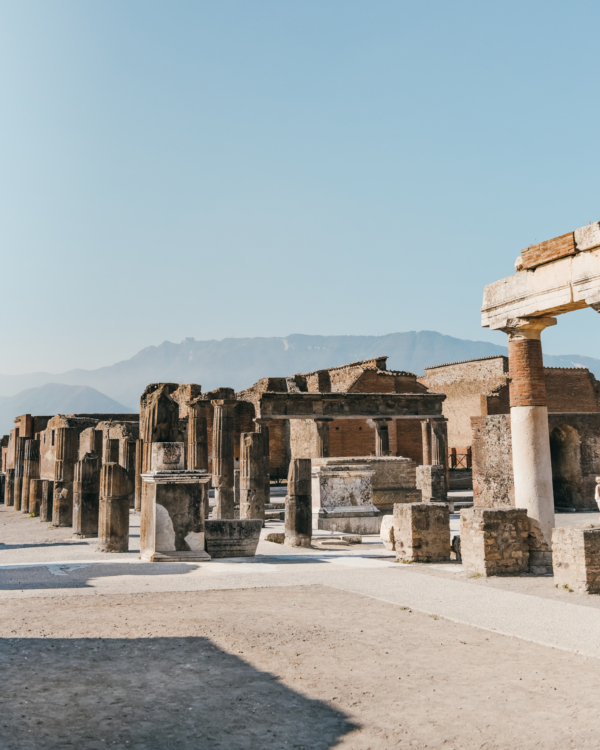
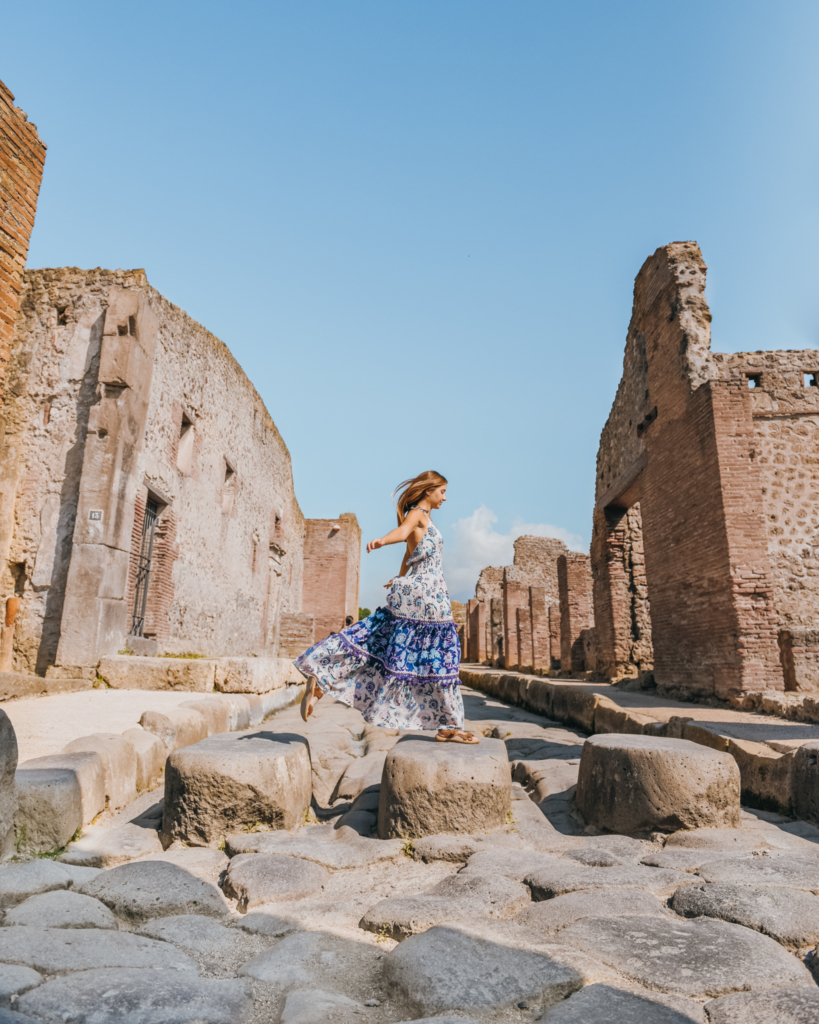
The Houses of Pompeii
Pompeii boasts some of the most well-preserved ancient houses in the world. The House of the Vettii, adorned with exquisite frescoes, and the House of the Faun, featuring a magnificent mosaic of a dancing faun, were just a couple of examples that left me in awe. These houses provided a window into the luxury and artistry of ancient Roman life.
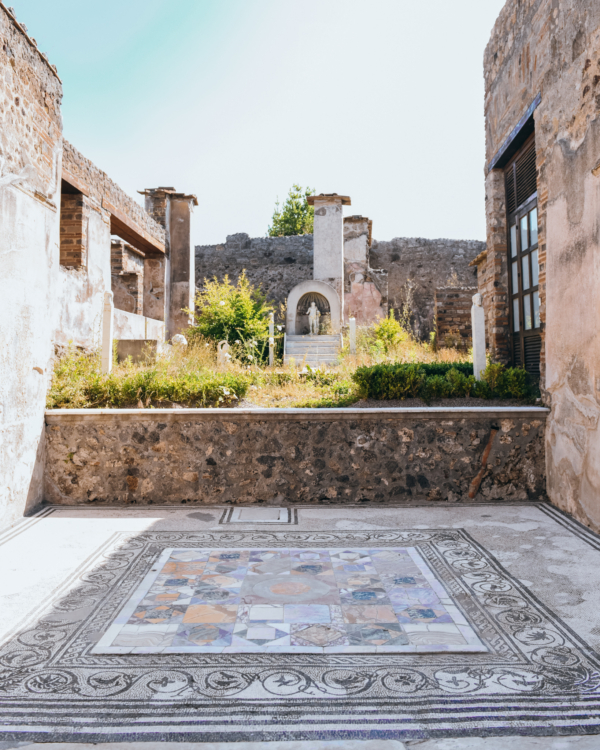
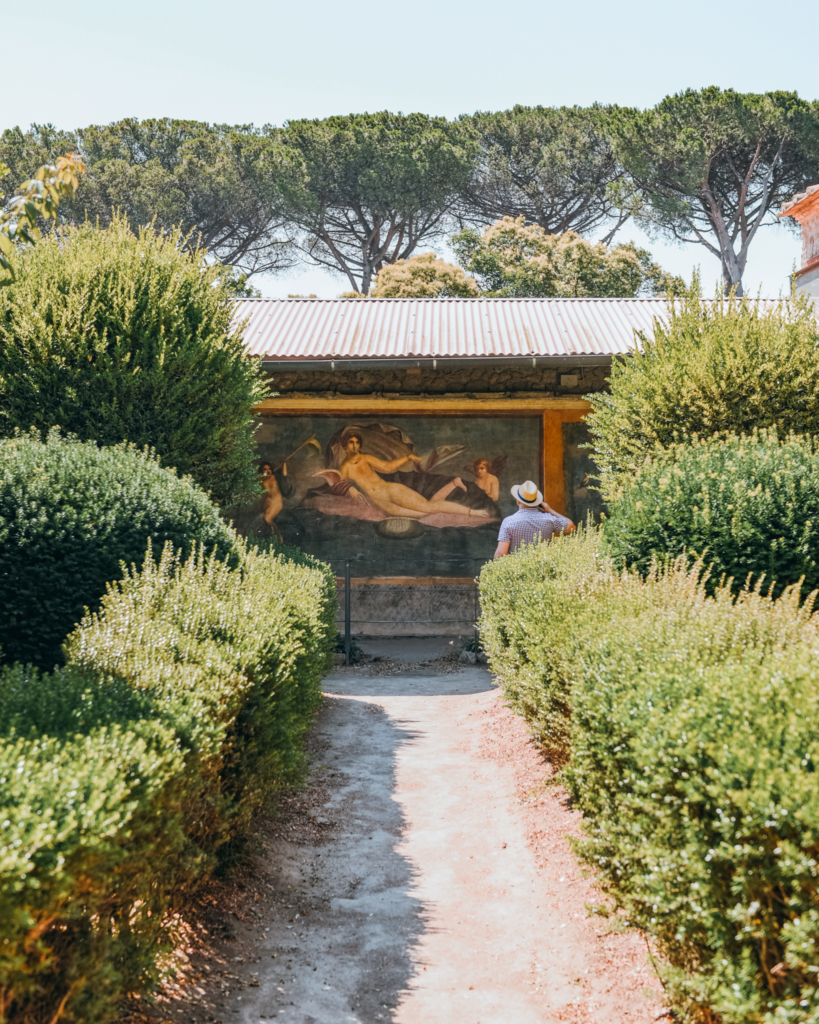
Amphitheatre of Pompeii
Witnessing the grandeur of this amphitheater, where gladiatorial combat and other spectacles once enthralled the masses, was an experience like no other. It not quite as big as the one in Rome, but it’s still massive. I could only image how loud it must have gotten when this arena was full of cheering crowds. The theater’s impressive architecture is a testament to the city’s cultural significance.
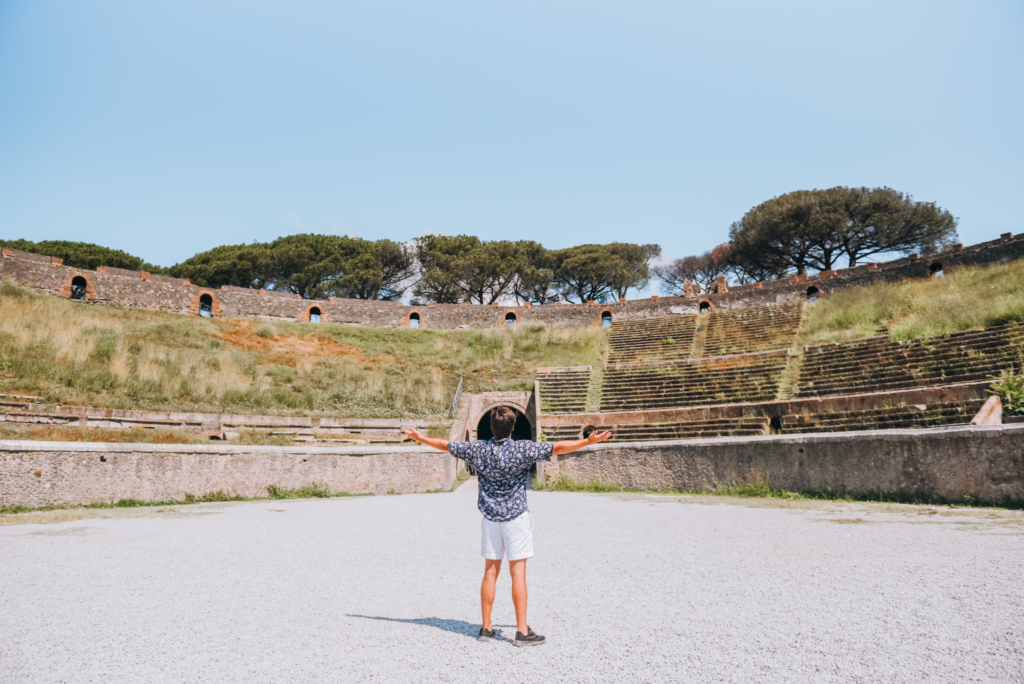
Mount Vesuvius
While not technically within Pompeii, if you have time, be sure to visit Mount Vesuvius. You can hike to the crater’s edge for breathtaking panoramic views of the Bay of Naples. Sadly, I didn’t have time on this trip to get up close, but for now, the views from Pompeii will do. Hopefully I’ll be able to make the trek someday.
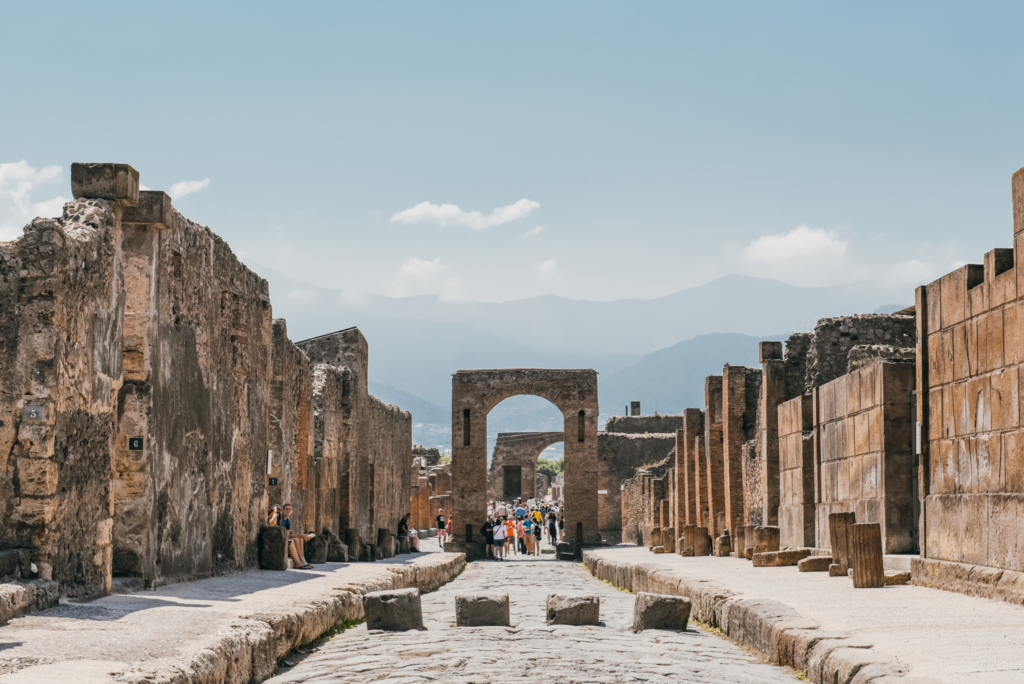
Practical Information
Best Time to Visit:
The most pleasant months to visit Pompeii are March through May and September through November, thanks to cooler weather and fewer tourists. These periods offer comfortable temperatures, making it easier to explore the ruins. I recommend avoiding the intense summer heat, particularly in July and August, as the site has limited shade, and the heat can be overwhelming.
Duration of Visit:
I suggest setting aside at least half a day to see the main highlights. However, if you’re passionate about history or archaeology, spending a full day or more will allow you to dive deeper into Pompeii’s rich past, giving you a more comprehensive understanding of this ancient city.
Cost of Entry:
Visiting Pompeii is reasonably priced, with the adult entrance fee around €16. There are discounts for EU citizens aged 18-25 and free admission for those under 18. If you’re also interested in visiting Herculaneum, another nearby archaeological site, consider getting a combination ticket, which offers savings and access to both sites.
For additional tips and detailed information on planning your Pompeii visit, including transportation options, guided tours, and nearby attractions, click here. Reaching Pompeii is straightforward, and there are several convenient transportation options depending on where you’re coming from—Naples, Sorrento, or the Amalfi Coast.
By Train:
One of the most popular and efficient ways to get to Pompeii is via the Circumvesuviana train from Naples. The train drops you off at the Pompeii Scavi station, right at the entrance to the archaeological site. Trains run frequently, offering flexibility in planning your visit. The journey also provides scenic views of the Italian countryside, adding to the overall experience.
By Bus:
Several bus services connect key locations like Naples, Sorrento, and the Amalfi Coast to Pompeii. This cost-effective option allows you to enjoy the beautiful scenery along the way. Buses typically drop off near the entrance to the site, making it a convenient choice if you want to minimize walking. For more detailed information about transportation options and tips on getting to Pompeii, including guided tour recommendations, click here.
Guided Tours:
A guided tour can significantly enhance your Pompeii experience. With a knowledgeable guide, the ruins come to life through fascinating stories and historical context. They can show you hidden gems and lesser-known spots, enriching your exploration. Many tour options are available, especially in Naples and nearby tourist hubs, so you can find one that suits your interests, whether it’s history, art, or archaeology.
Click here for a comprehensive list of guided tours and tips on selecting the perfect one for your Pompeii visit. For further insights and to delve deeper into Pompeii’s fascinating history, visit A Guide to Visiting Pompeii.
Overall, my experience at Pompeii was wonderful. Walking through the ancient streets made me feel like a time traveler. These ruins seemed whispered tales of a bygone era, allowing me to immerse myself in the history, sense the vibrancy of this ancient city, and carry its echoes in my heart long after I’d left. Pompeii isn’t just a destination—it’s an experience that stays with you, offering a unique window into the past.
So, as you prepare to explore, pack your curiosity and sense of wonder. Be ready to journey back in time and uncover the stories, art, and lives of a civilization that time almost erased. Pompeii is waiting, and its secrets are ready for you to discover.
To further enrich your understanding and plan your exploration of Pompeii, visit Pompeii & Vesuvius.
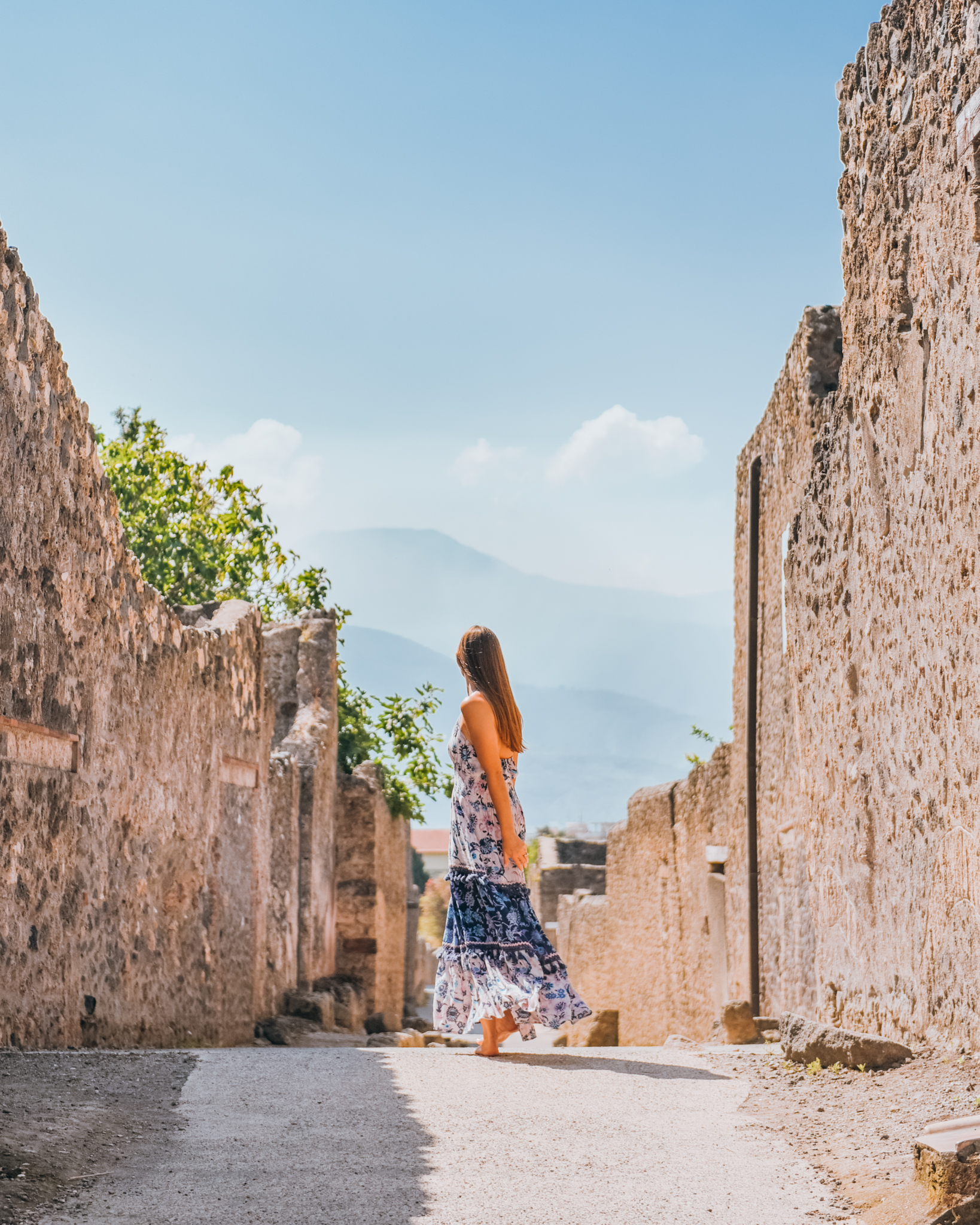
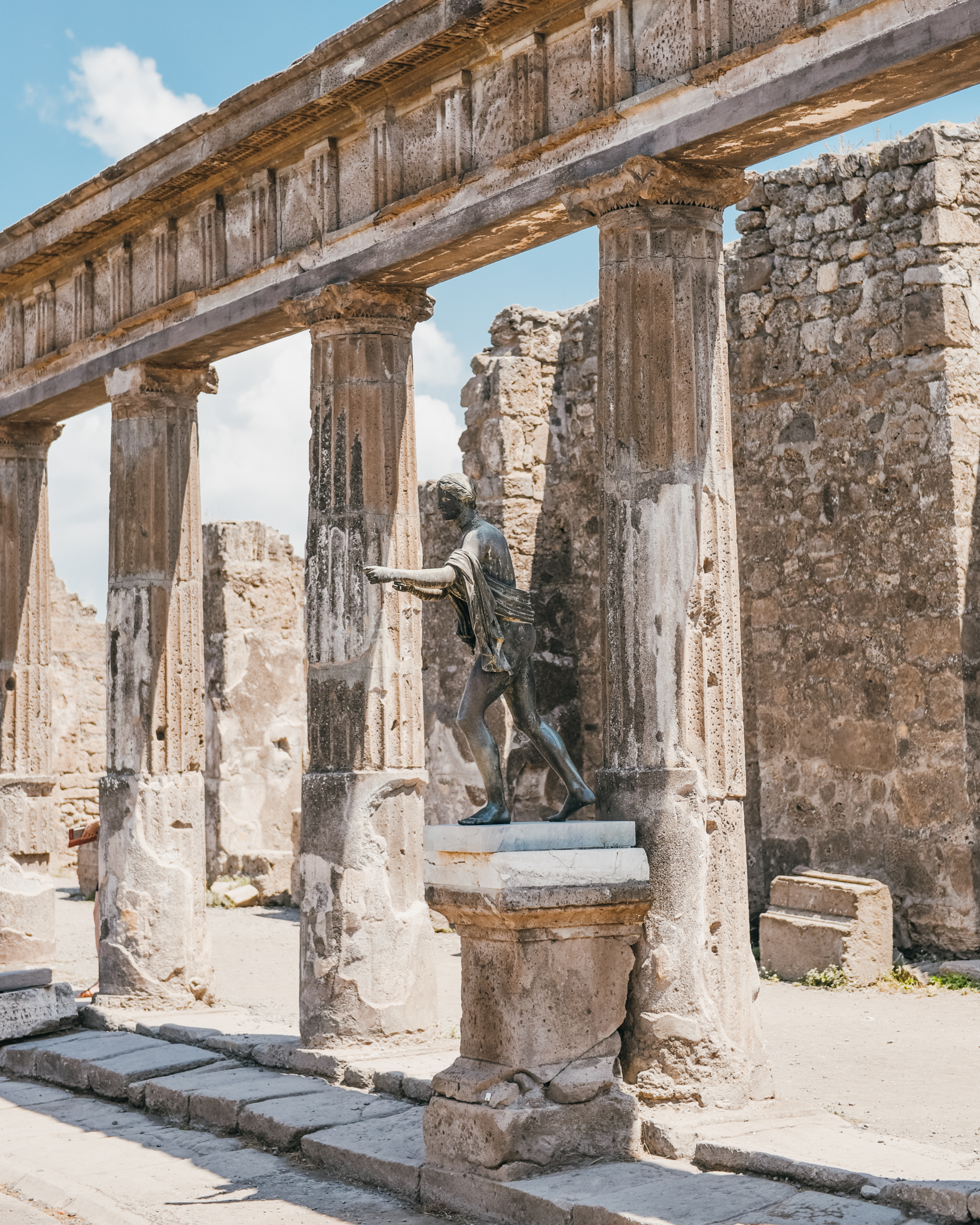

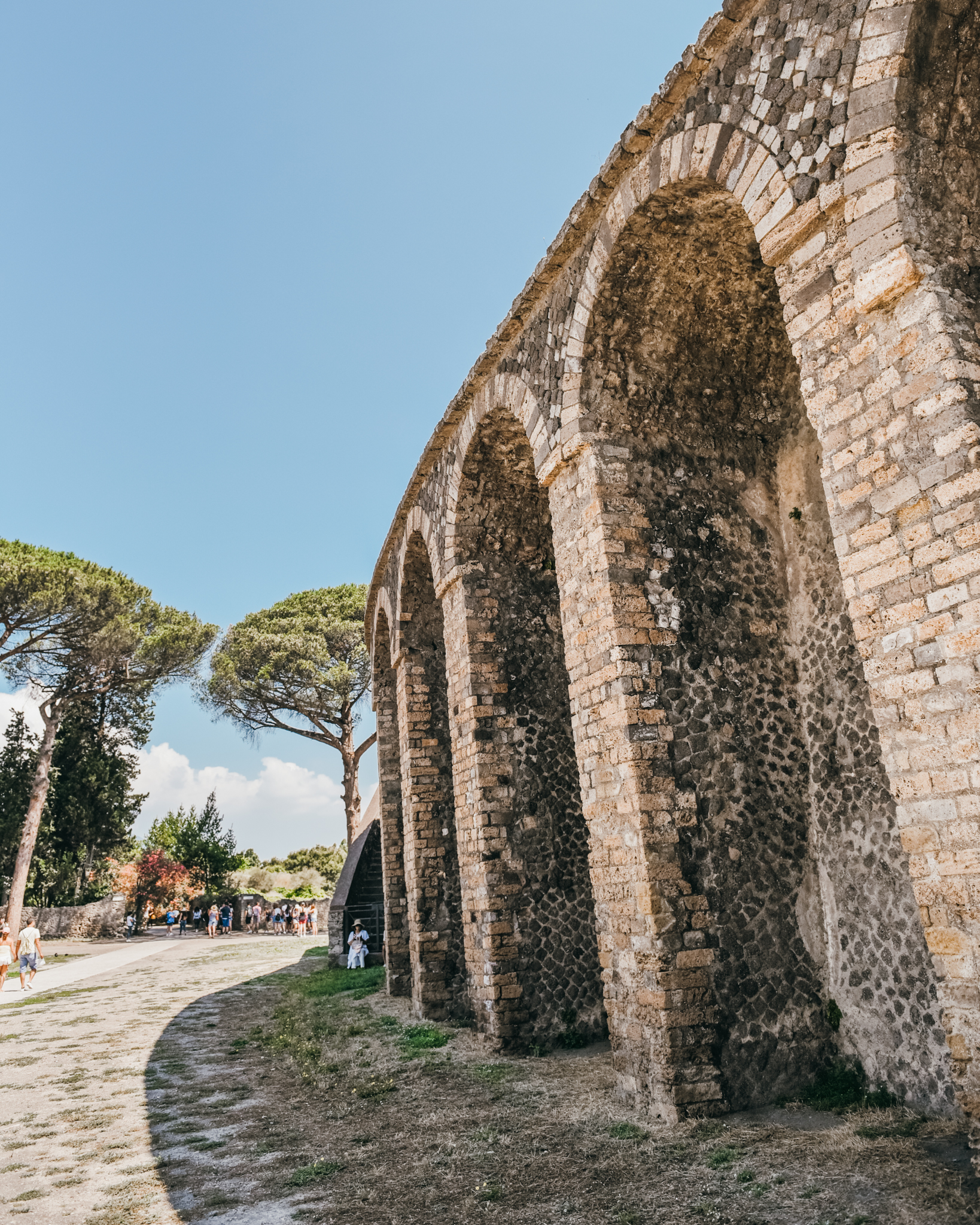
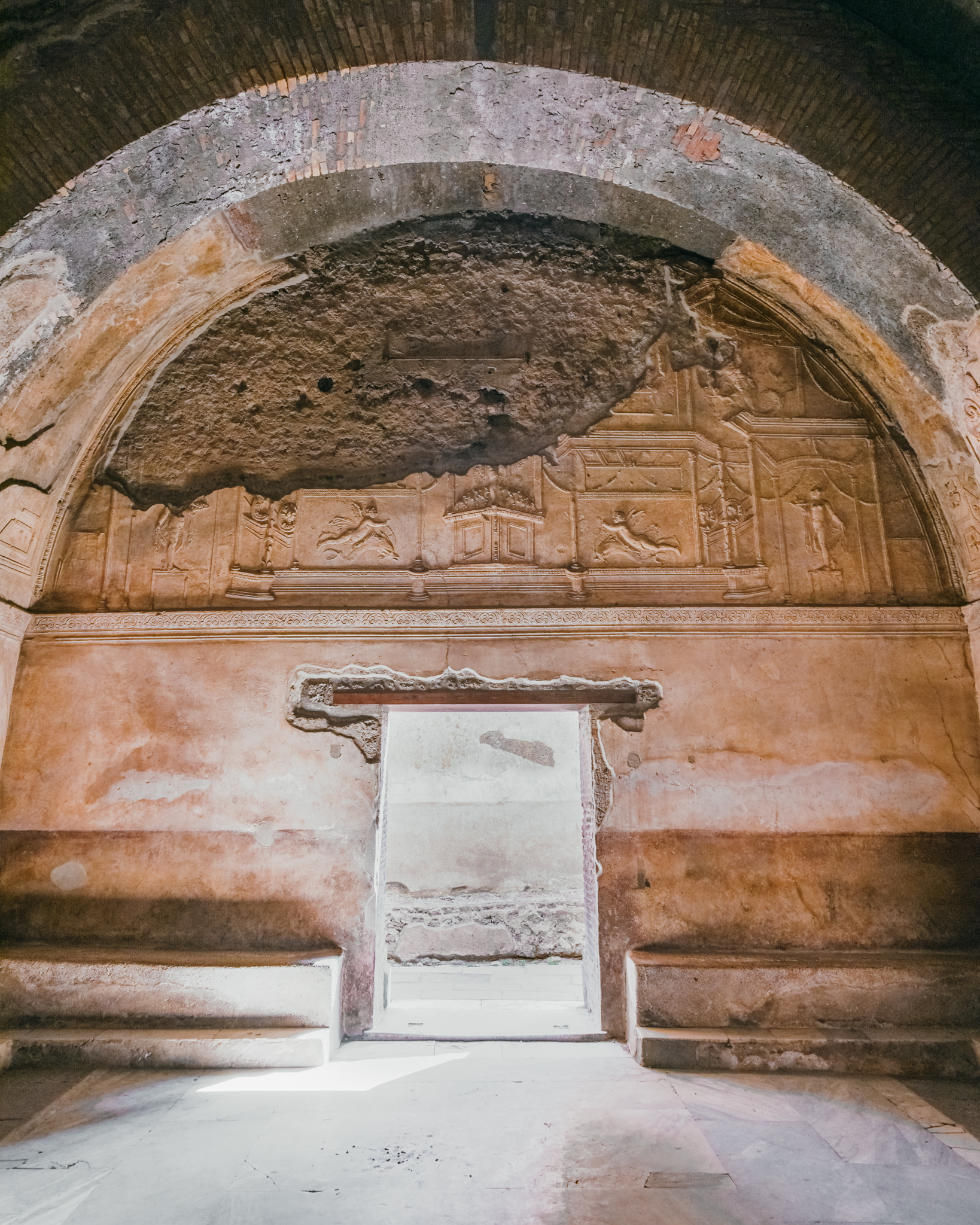
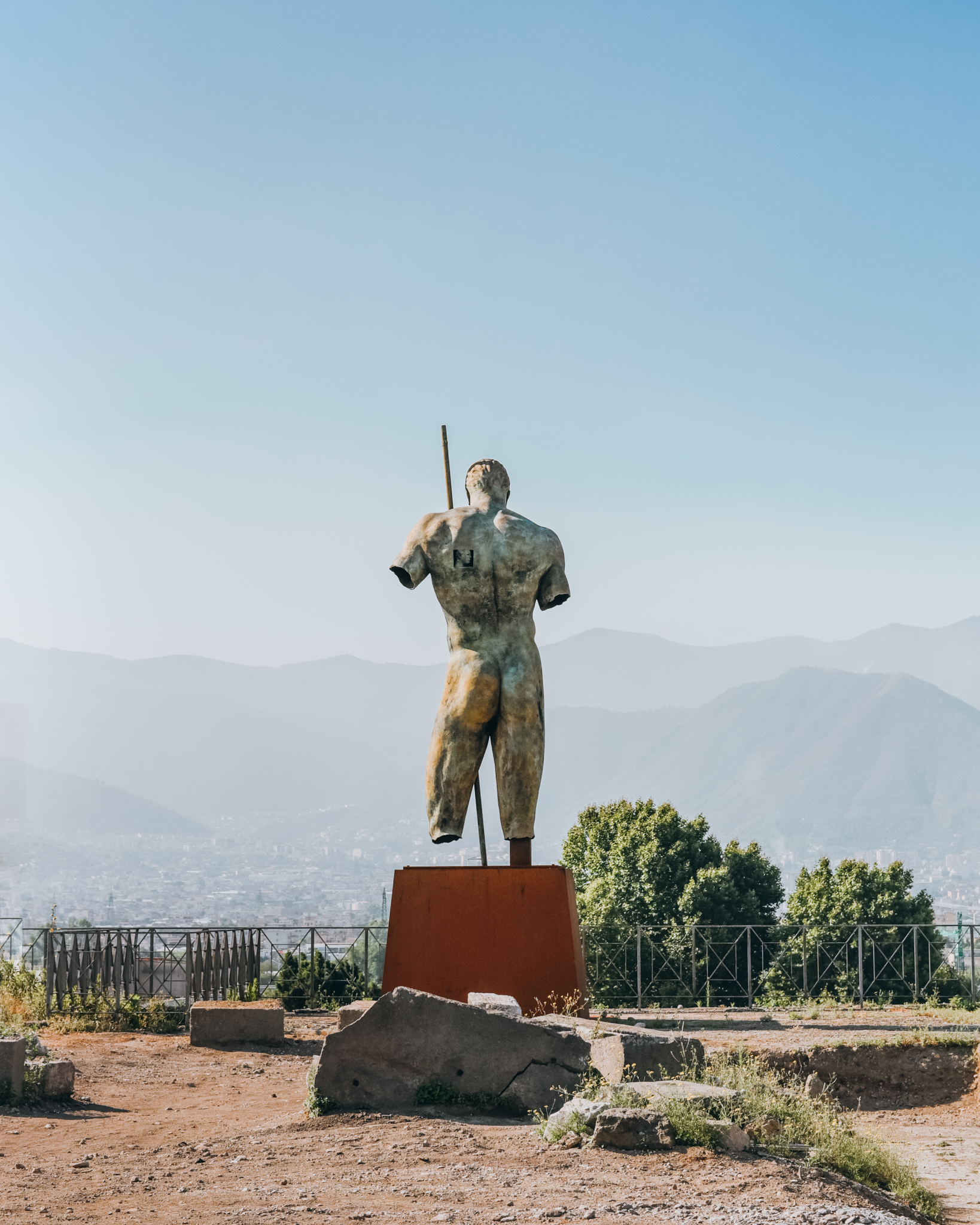
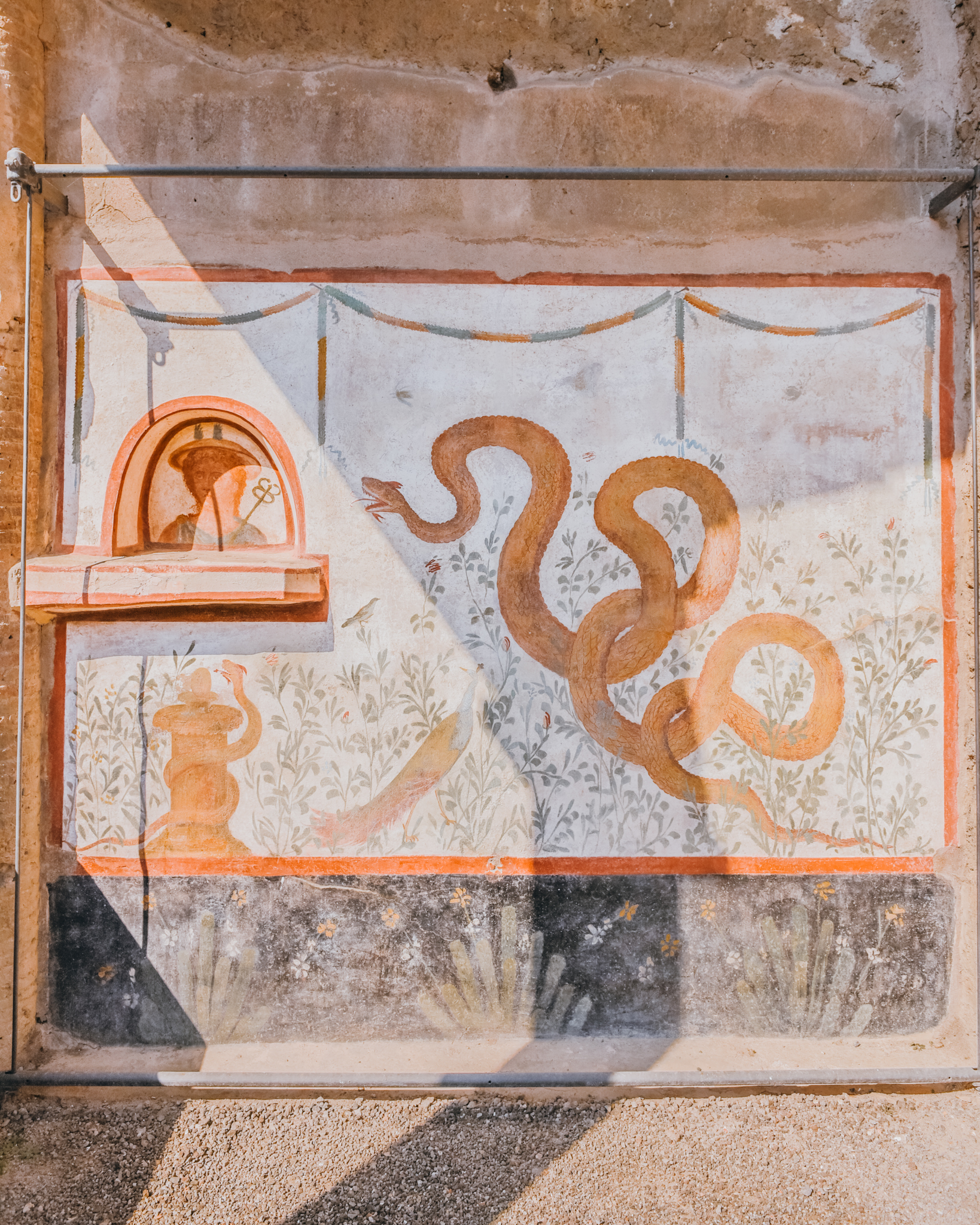
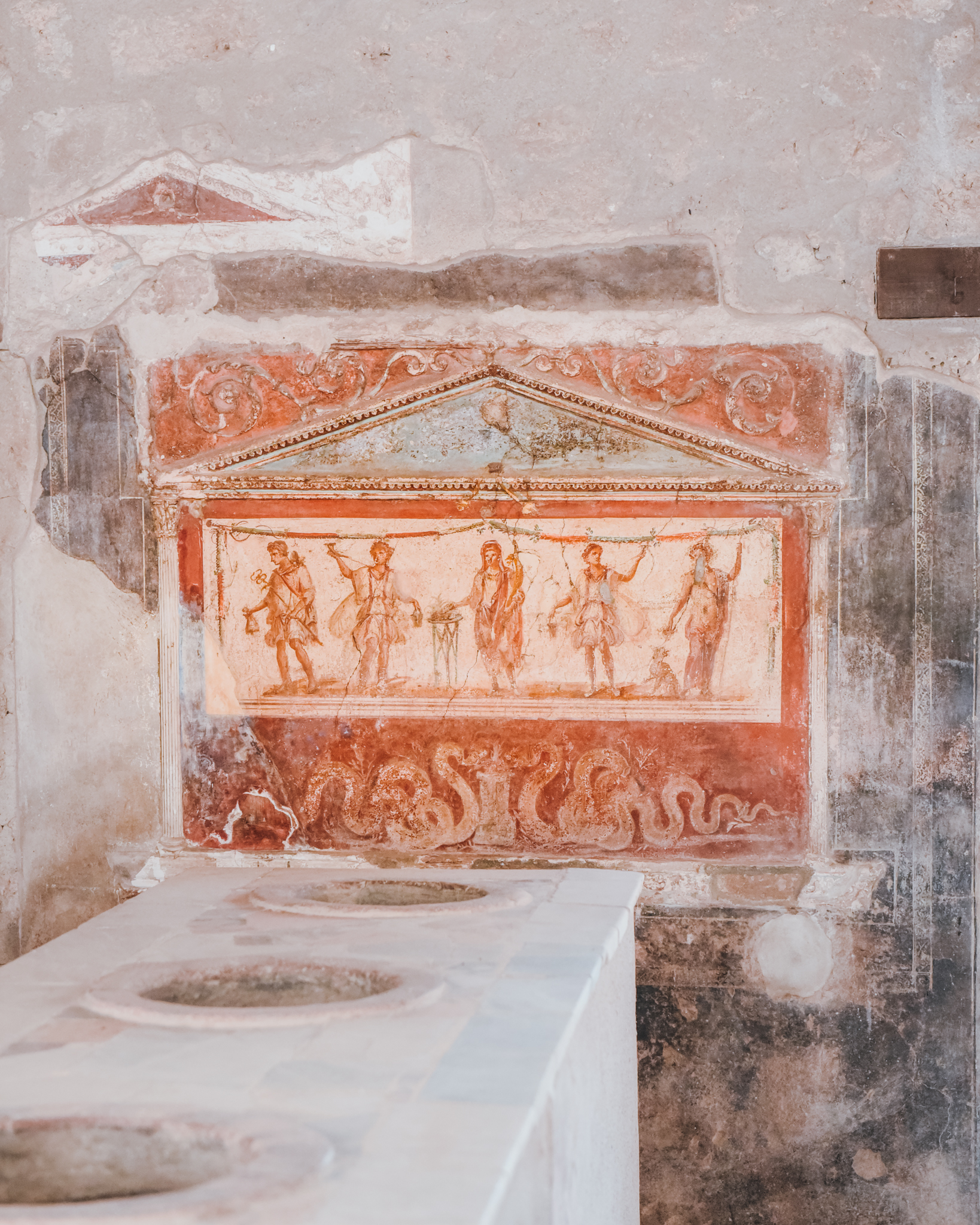
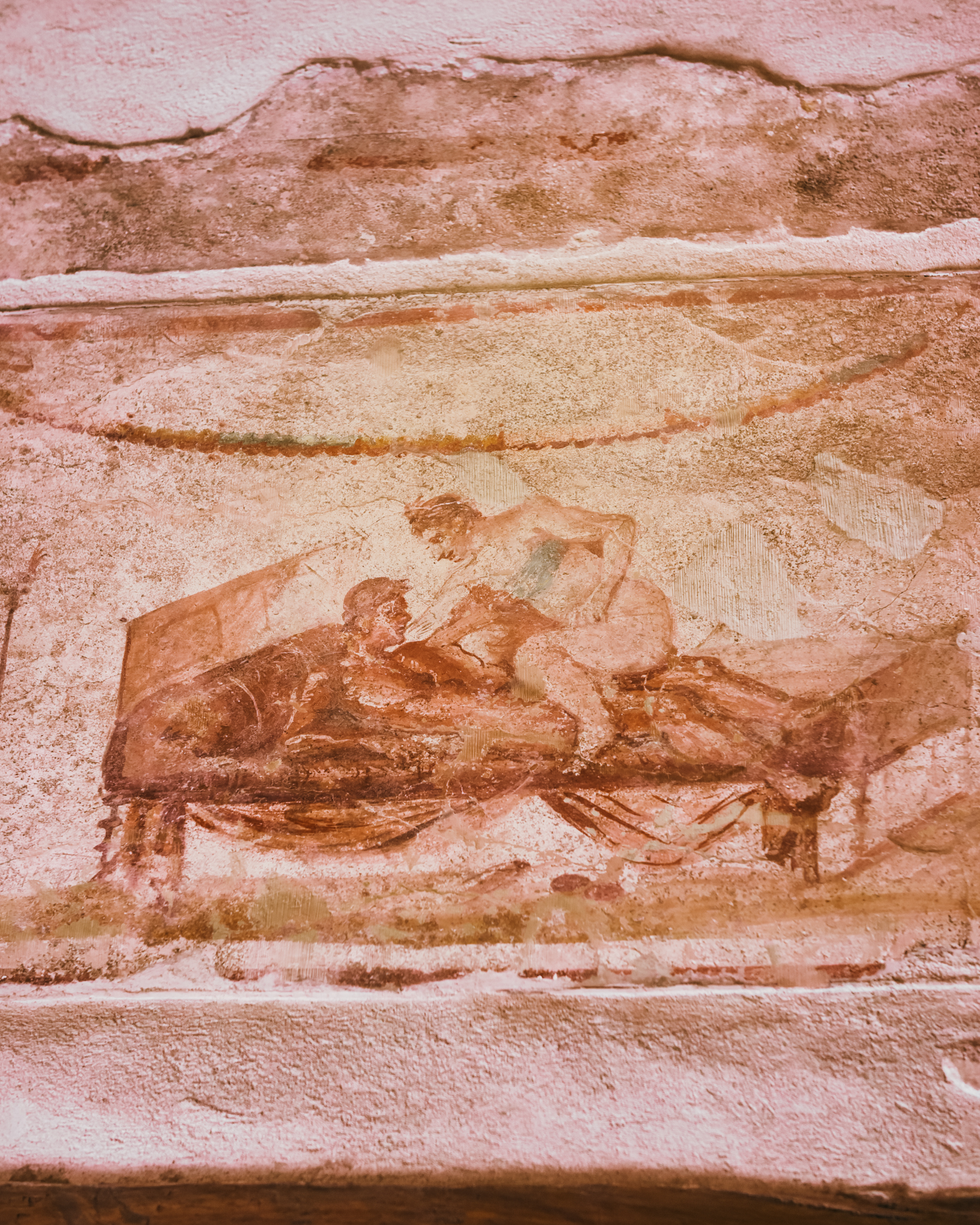






Leave A Comment